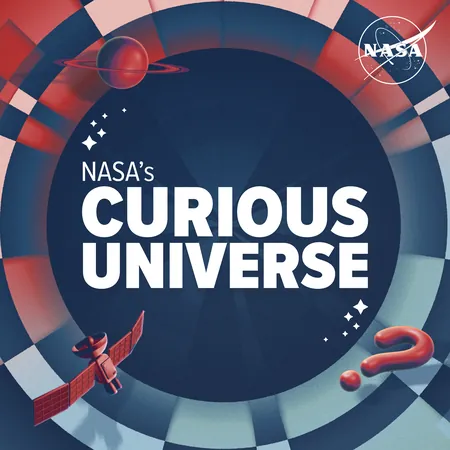
The Game-Changer: How Open Science and AI are Revolutionizing Hurricane Research
2024-11-12
Author: Emma
Introduction
As climate change accelerates the frequency and intensity of hurricanes, understanding their behavior has never been more critical. Coastal communities are increasingly relying on advanced technologies to enhance hurricane forecasting and disaster preparedness. The intersection of open science and artificial intelligence (AI) is playing a pivotal role in this endeavor.
Hurricane Research by NASA and NOAA
NASA and NOAA are at the forefront of hurricane research, employing daring Hurricane Hunter pilots to fly directly into the heart of these storms. Equipped with state-of-the-art aircraft and scientific instruments, these experts collect data that satellites simply cannot capture. Once storms approach land, the urgency to gather accurate data skyrockets, allowing meteorologists to make precise forecasts and assess potential damage.
The Bravery of Hurricane Hunters
Flying into a hurricane is equal parts bravery and science. Dean Legidakes, a Hurricane Hunter pilot from NOAA, highlights that while many may see this as reckless, it’s essential for acquiring ground-level data. “To predict storm intensity and path, we must penetrate the cyclone,” he explains. While onboard missions in aircraft like the NOAA WP-3D Orion provide intense turbulence and nervy moments, the data collected saves lives.
The Role of Open Science
NASA's commitment to open science ensures this critical information is available to all. Post-flight, the data from these missions is shared with the public and scientific community alike, enhancing research and response strategies. Open data fosters collaboration, allowing anyone from citizens to institutions to utilize hurricane data for various purposes—like local preparedness and risk assessment.
AI in Hurricane Research
The advent of AI has added another layer to hurricane research. Rahul Ramachandran, leading NASA’s AI initiatives, emphasizes that AI can learn from vast datasets, potentially delivering more refined forecasts by identifying patterns within hurricane behaviors that even meteorologists might miss. He explains, “The practical application of AI in this realm aims to complement traditional forecasting algorithms,” marking a holistic approach to understanding hurricanes.
The Prithvi Weather and Climate AI Model
In September 2024, NASA launched its Prithvi Weather and Climate AI model. This innovative technology analyzes extensive historical hurricane data to make predictions about future storms, outperforming traditional models in preliminary tests. While it's still a research tool, the prospect of integrating AI into real-time forecasting promises greater accuracy and efficiency, crucial elements as we adapt to escalating climate-related challenges.
Open Science in Disaster Response
Open science doesn’t just stop at handling data; it also extends to disaster responses. When devastating storms strike, NASA’s Disasters Program collaborates with various organizations to ensure that critical Earth observation data is delivered promptly. For instance, after Hurricane Beryl in July 2024—an unprecedented early Category Five storm—NASA’s satellite imagery helped pinpoint areas experiencing power outages, facilitating emergency relief efforts.
Conclusion
As climate change continues to accelerate the impact of severe weather, communities can leverage advancements in hurricane research. Together, open science and AI represent a crucial shift in our approach to understanding and managing hurricanes, enhancing safety measures and saving lives in the process.
Call to Action
Want to be a part of this groundbreaking journey? NASA invites everyone to dive into open science initiatives and utilize the wealth of data available. With unprecedented challenges ahead, collaboration in science has never been more vital. The future is open; are you ready to explore?
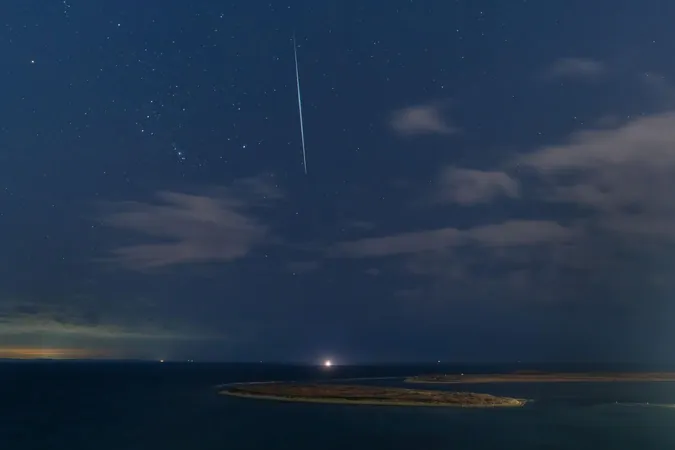


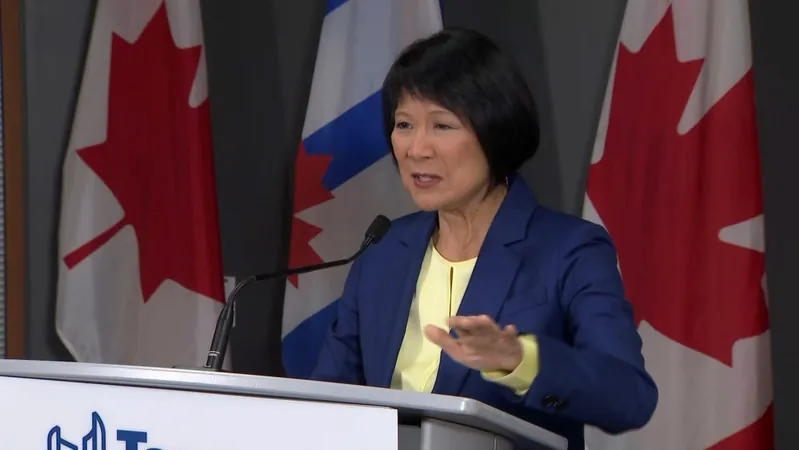

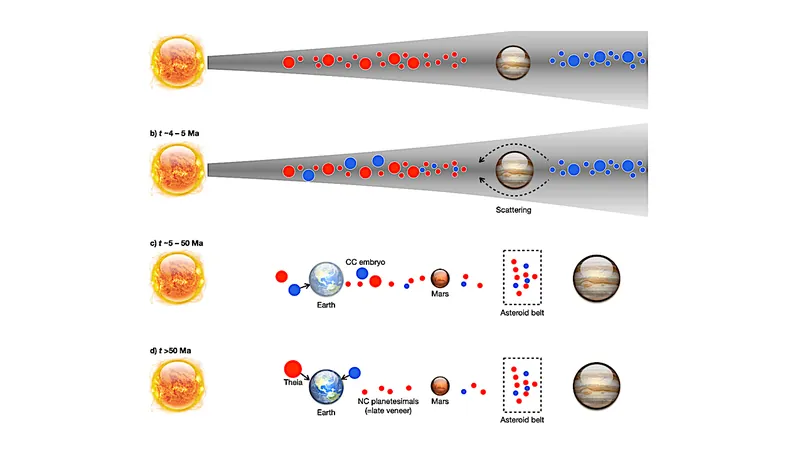


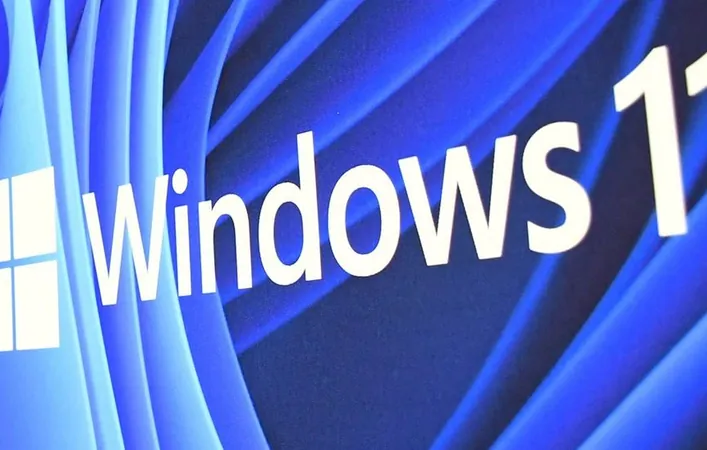
 Brasil (PT)
Brasil (PT)
 Canada (EN)
Canada (EN)
 Chile (ES)
Chile (ES)
 España (ES)
España (ES)
 France (FR)
France (FR)
 Hong Kong (EN)
Hong Kong (EN)
 Italia (IT)
Italia (IT)
 日本 (JA)
日本 (JA)
 Magyarország (HU)
Magyarország (HU)
 Norge (NO)
Norge (NO)
 Polska (PL)
Polska (PL)
 Schweiz (DE)
Schweiz (DE)
 Singapore (EN)
Singapore (EN)
 Sverige (SV)
Sverige (SV)
 Suomi (FI)
Suomi (FI)
 Türkiye (TR)
Türkiye (TR)